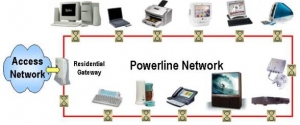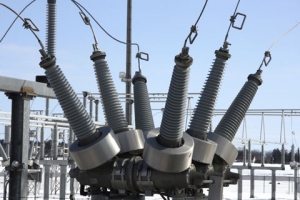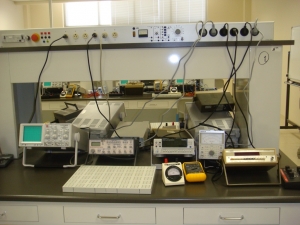Simple Combination Lock

Definition of TDMA:
Time division multiple access (TDMA) is a channel access method for shared medium networks. It allows several users to share the same frequency channel by dividing the signal into different time slots. The users transmit in rapid succession, one after the other, each using its own time slot.
- Time Division Multiple Access (TDMA) systems divide the radio spectrum into time slots and each time slot is assigned to only one user.
- In TDMA/TDD half of the time slots in the frame information message would be used for the forward link channels and half would be used for reverse link channel.
- In TDMA/FDD the carrier frequencies would be different for forward and reverse link. An identical frame structure would be used for either forward or reverse transmission.
- In a TDMA frame, the preamble contains the address and synchronization information that both the BS and subscriber used to identify each other.

Main Features of TDMA:
- Share a single channel by several users
- Data transmission is not continuous
- Duplexer not required
- High synchronization overhead is required
- It is possible to allocate different number of slots to a user
#Ref book: Wireless Communication and Networking – V.K. Garg
Related Post





